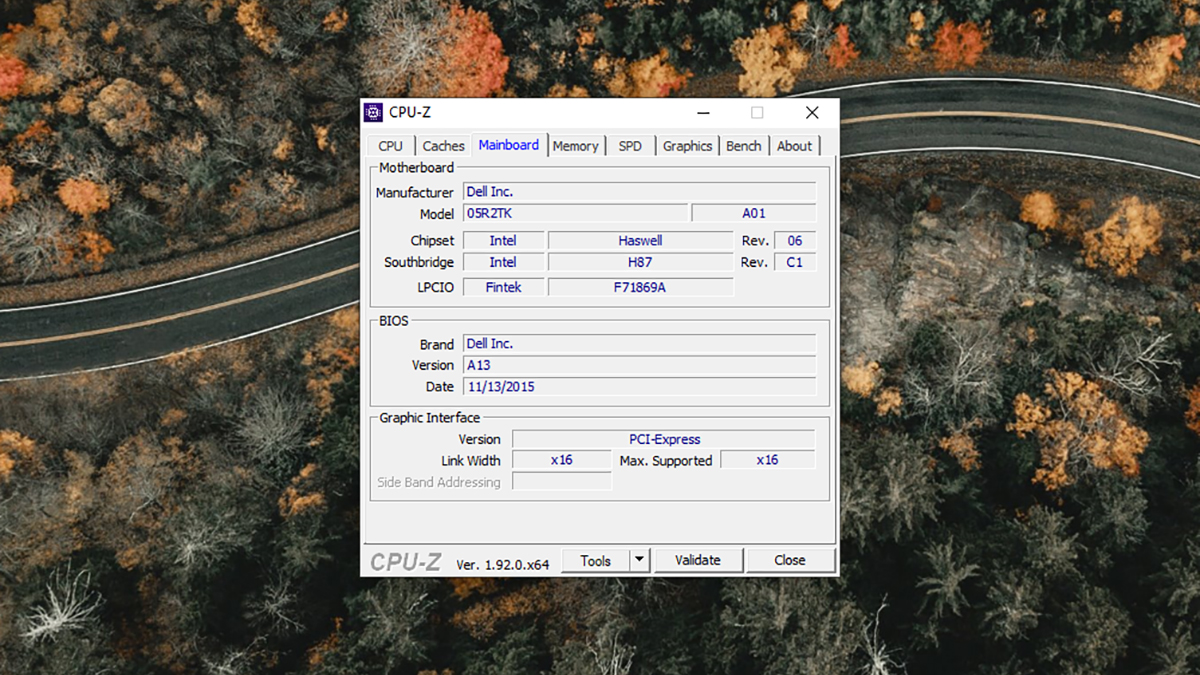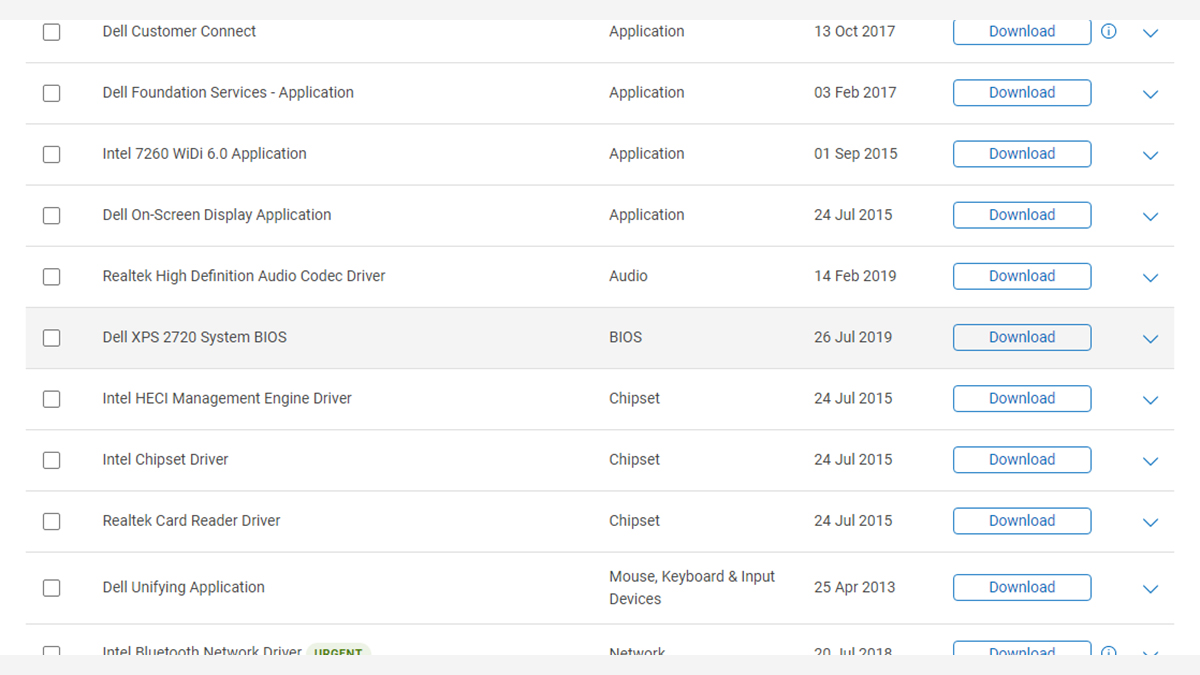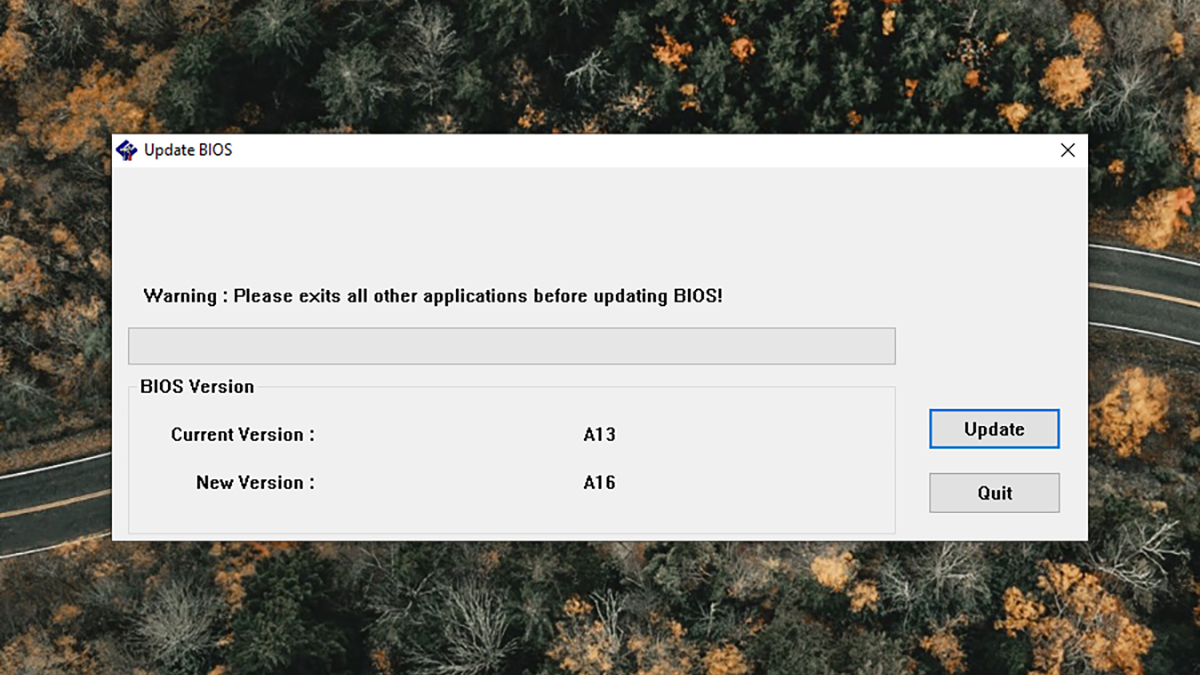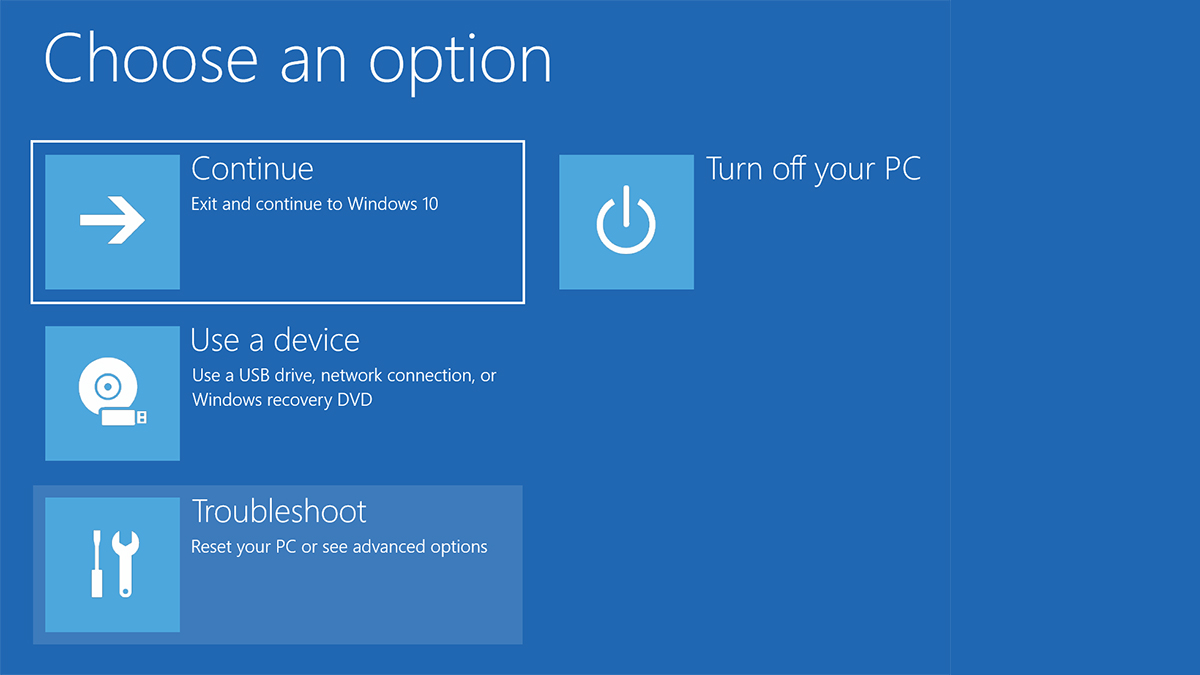The BIOS (or Basic Input/Output System) is what kicks into gear when you turn on your computer: It’s the most fundamental level of software there is on your machine, checking that all the system components are working and in the right place, and loading up the main OS. The BIOS is vital to the smooth running of your PC, which is why it’s also vital that you keep it updated.
Fortunately for the purposes of maintaining your system, BIOS updates are much easier to do than they were a few years ago: PC motherboards, on which the BIOS is stored, have adapted and evolved to give users an easier life. (And when we say PC we mean computers intended to run Windows, though most Linux devices and hackintoshes rely on the BIOS as well — Apple made machines are a little different though.)
One of those evolutions has been the replacement of the BIOS by UEFI, or Unified Extensible Firmware Interface, on modern day motherboards. UEFI is faster and more capable, and it does most of the jobs that the old BIOS used to do — but for the sake of simplicity we’ll still call it the BIOS here (it’s often referred to as UEFI BIOS, or still just the BIOS).

Whatever the name, we’re talking about the low-level firmware that your computer relies on and it’s in your best interests to keep it up to date with bug fixes and security patches. It’s one of those regular tasks you should undertake to make sure your system is as healthy and as secure as possible.
Don’t panic though: As long as you stick to the instructions, you should be able to reach the end of this little project in just a few minutes. The (UEFI) BIOS can typically be updated from Windows or through the use of a USB stick, though the process is going to vary slightly between motherboard manufacturers.
With that in mind, your first port of call should always be the website of the manufacturer who makes your motherboard (or your entire laptop). This is where you’re going to find all the necessary update files, and you’ll quite often get some detailed instructions as well — this is the guide for newer Asus motherboards, for example, while this is the equivalent for Acer computers.

A quick web search for your computer make and model should turn up some relevant hits, and where possible you should include the name and model number of the installed motherboard as well. If you don’t know what model motherboard is inside your PC, open System Information (just type it into the taskbar search box to find it), then look at the BaseBoard details under System Summary.
If that doesn’t work for whatever reason, or doesn’t make any sense, CPU-Z will do the job for free for you as well: Launch the application, and under the Mainboard tab you should see entries for the motherboard manufacturer and model number. Both CPU-Z and System Information should also display the BIOS version and date, so you know how many years it’s been since it was last updated.
You should now have enough information to go online and look for a BIOS update: Stick to the official manufacturer support websites, because you know what you’ll be getting will be genuine and malware-free. Depending on the manufacturer, you might have better luck searching for the make and model of your laptop (maybe followed by “BIOS update”), rather than the make and model of your motherboard.

Different manufacturers do BIOS updates differently, and it can even vary between motherboards from the same company, but you should be able to get by with the minimum of technical know-how. We’ll give you an example for a Dell PC, and your own process should be along similar lines.
Dell’s comprehensive support portal is here, and straight away you’re prompted to enter the model of your computer or download an assistance tool. You can also click Drivers & Downloads to get straight to the downloads you need. If you want as much hand-holding as possible, it’s the Download & Install SupportAssist tool you want. If you’re lucky, you’ll get a Windows tool to automate most of the BIOS updating work; if not, you should at least get step-by-step instructions.
In the case of a Dell computer — and most other computers — you’ll be given a small utility to download and run. This will update the BIOS to the newest version and restart your PC at the same time, so the usual caveats about saving all your work and making sure all your files are backed up first apply here again.

These utilities should have safeguards built in to stop you from completely bricking your computer, and we in no way want to put you off updating your BIOS — but just apply some extra caution when it comes to finding the right files and making sure your computer isn’t busy doing something when you apply the patch.
When it’s done, you get all the benefits you get from a Windows update: Better compatibility with other hardware, better security, fewer bugs, and maybe even an extra feature or two. To get into your BIOS on older machines, you usually need to hit a Function key or the Delete key during booting (check your support documentation or the on-screen messages if you’re not sure).
With the newer UEFI BIOS, you can open up the WIndows Settings pane, then go to Update & Security, Recovery, and click Restart now. Then, choose Troubleshoot, Advanced options, UEFI Firmware Settings, and finally Restart. The options you see after the reboot will depend on the make and model of your computer, but you’ll typically be able to change the boot order of your drives, or enable or disable Wi-Fi connectivity.
Updating your BIOS can feel like a daunting task, particularly because it can brick your computer if you don’t follow the instructions exactly. But following instructions to the letter will net you a safer and faster computer. So its well worth it.
